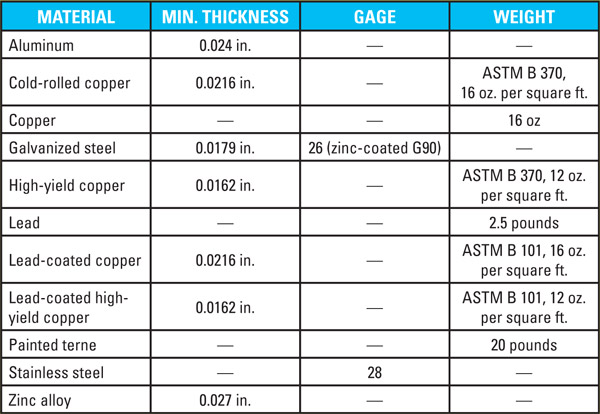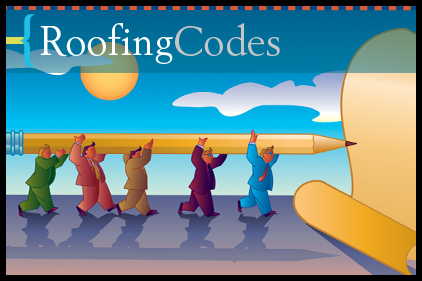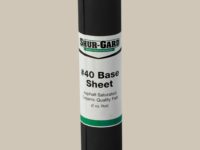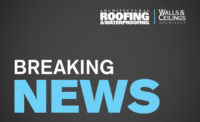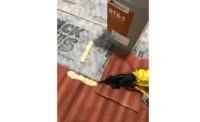Roofing Codes IBC 2012 Section 1507.2.9.2
Valleys
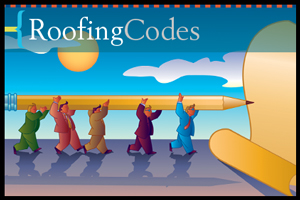
Valley linings shall be installed in accordance with the manufacturer’s instructions before applying shingles. Valley linings of the following types shall be permitted:
1. For open valleys (valley lining exposed) lined with metal, the valley lining shall be at least 24 inches (610 mm) wide and of any of the corrosion-resistant metals in Table 1507.2.9.2.
2. For open valleys, valley lining of two plies of mineral-surfaced roll roofing complying with ASTM D 3909 or ASTM D 6380 shall be permitted. The bottom layer shall be 18 inches (457 mm) and the top layer a minimum of 36 inches (914 mm) wide.
3. For closed valleys (valleys covered with shingles), valley lining of one ply of smooth roll roofing complying with ASTM D 6380, and at least 36 inches (914 mm) wide or types as described in Item 1 or 2 above shall be permitted. Self-adhering polymer modified bitumen underlayment complying with ASTM D 1970 shall be permitted in lieu of the lining material.
Valleys in Steep-Slope Shingle Roofs
Code Interpretation
This section of the code defines the types of construction methods and materials required for valleys of steep-slope shingle applications. The valley is defined as the internal angle formed by the intersection of two sloping roof planes. In steep-slope shingle applications, the valley protection can be constructed in an open or closed method.
- In the open valley method, the steep-slope roofing material on both sides of the valley is trimmed at each side of the valley, leaving the valley flashing exposed.
- In the closed valley method, the steep-slope roofing material covers the valley area.
This section of the code is specific about the types of underlayment materials that are required for valley flashings in each method. In open valleys, corrosion-resistant metal must be applied over the valley substrate and two plies of mineral-surfaced roll roofing. Types of valley lining materials are listed in Table 1507.2.9.2.
In closed valleys, one ply of smooth-surfaced roll roofing or self-adhered modified bitumen underlayment is required over the valley substrate prior to steep-slope roof cover application. Steep-slope roofing manufacturers typically provide specific materials and application requirements for valley flashing application to be used with their materials.
